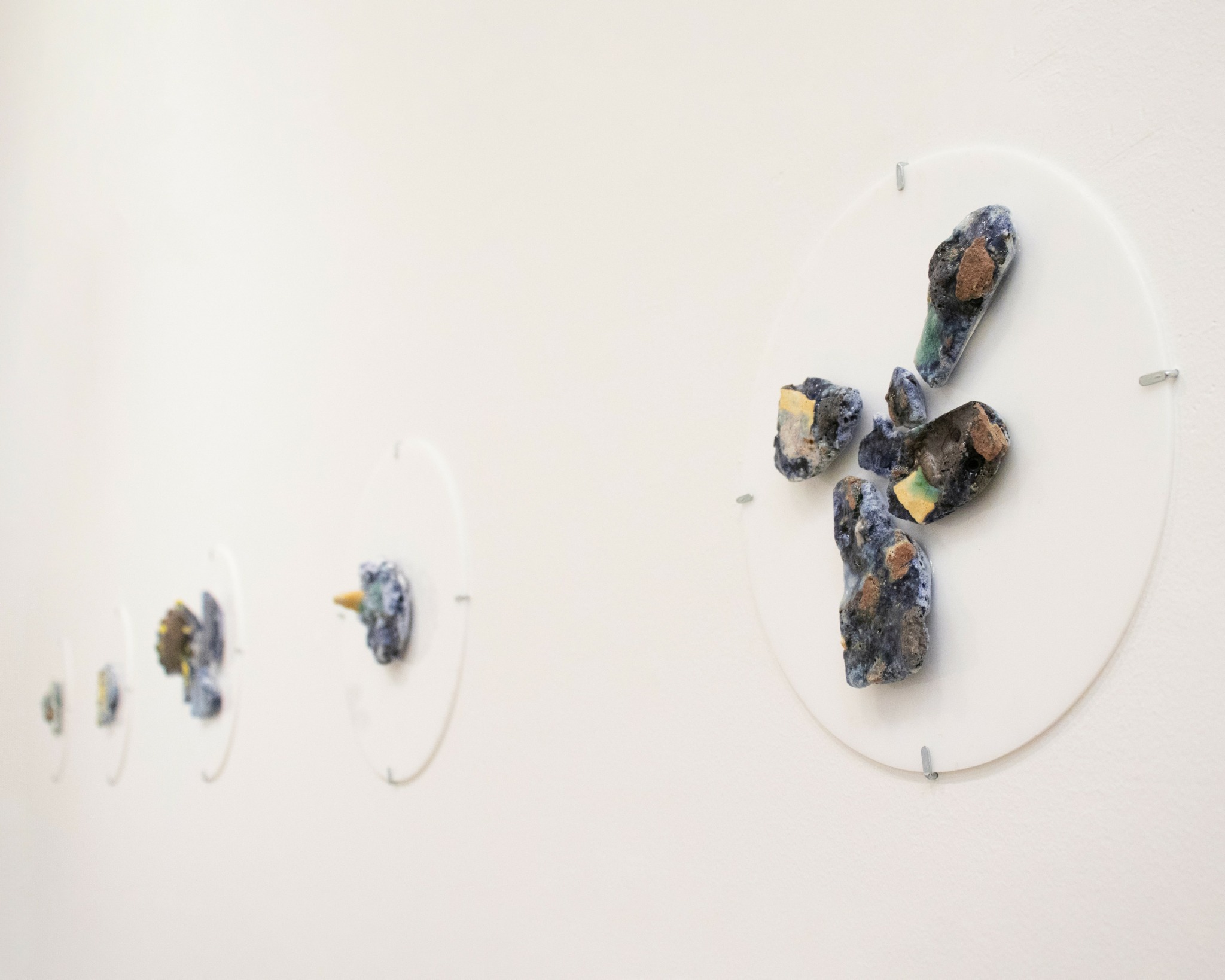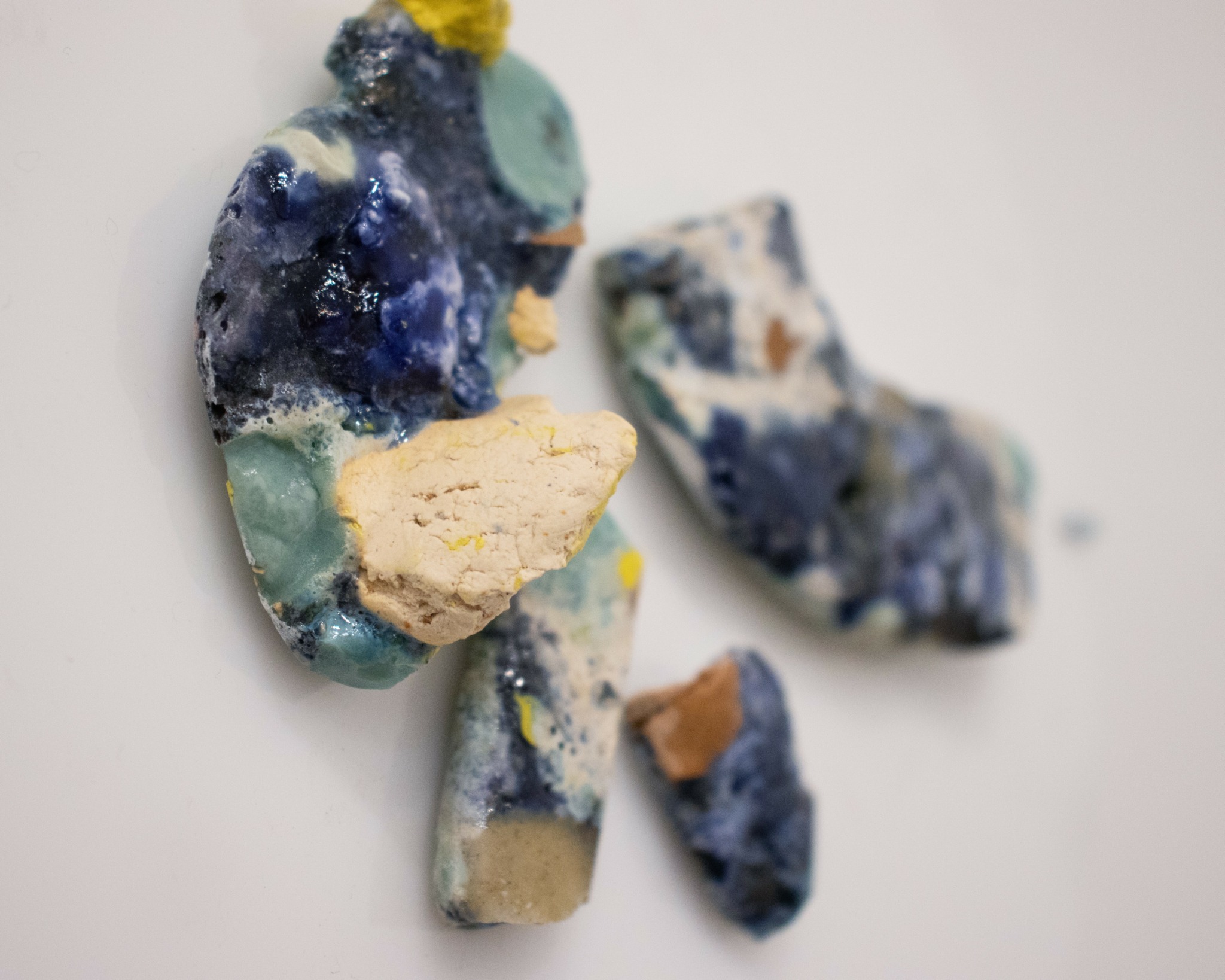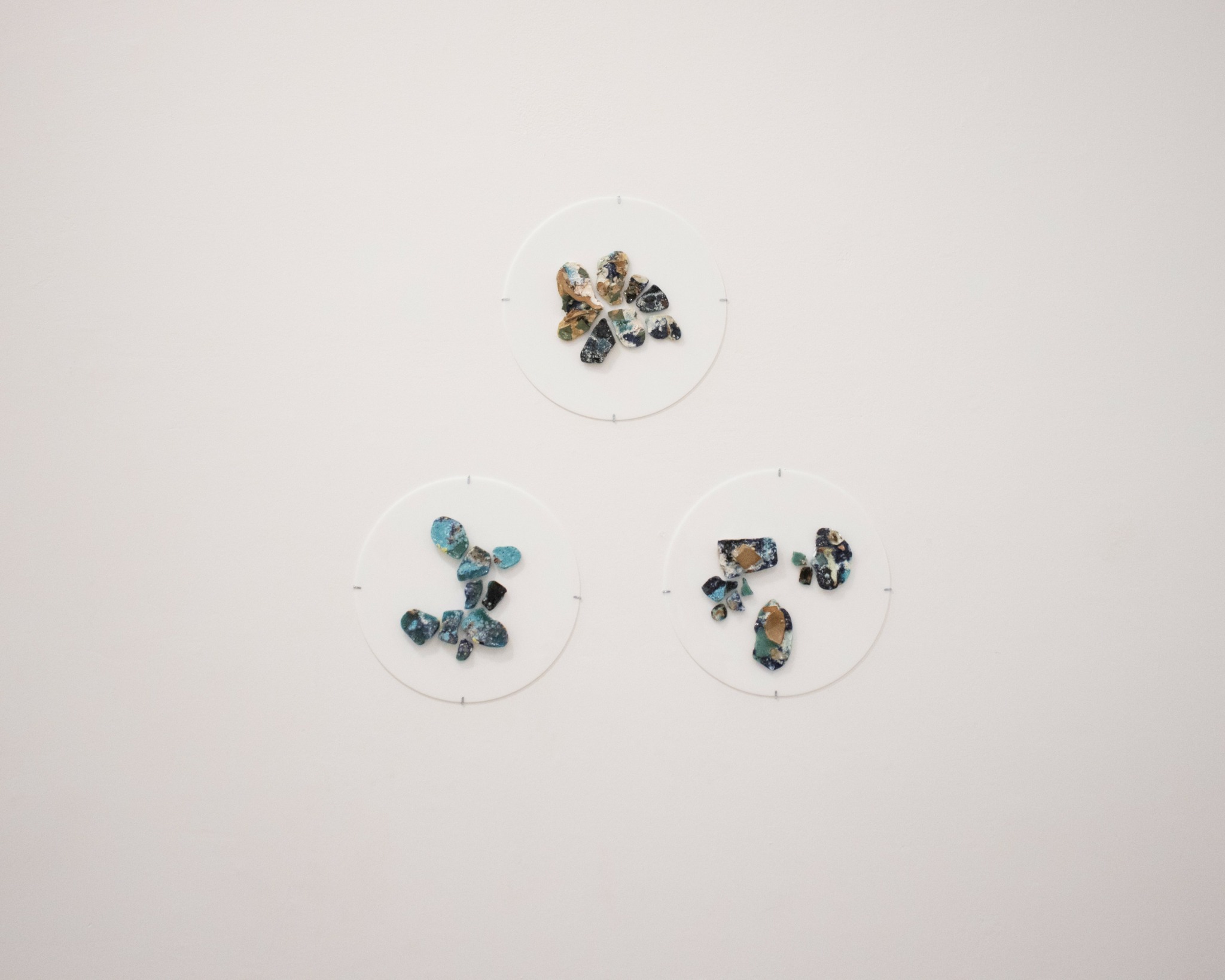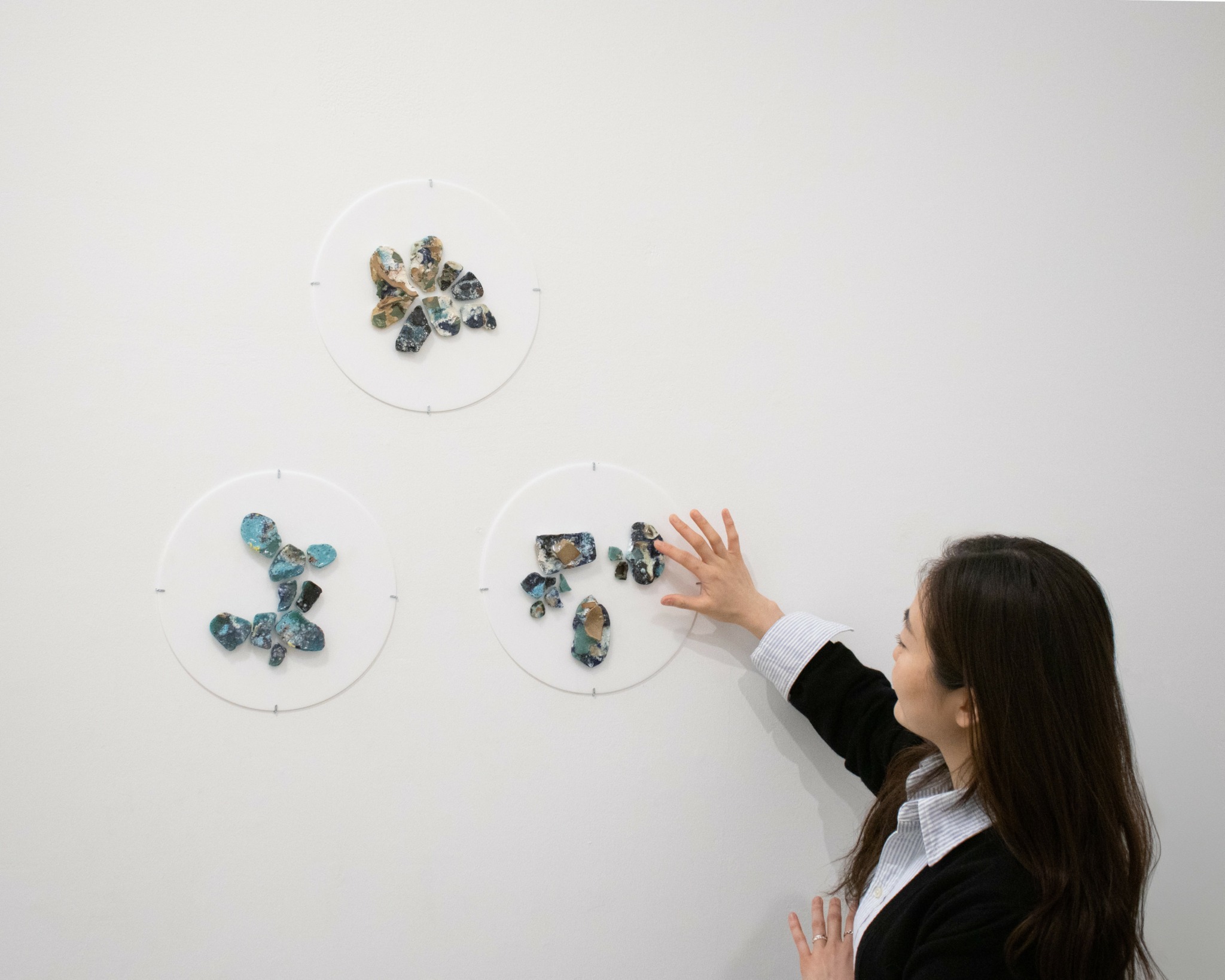We caught up with the brilliant and insightful Christina Lee a few weeks ago and have shared our conversation below.
Hi Christina, thanks for joining us today. Did you always know you wanted to pursue a creative or artistic career? When did you first know?
Before I chose my life path as an artist, I worked as an assistant curator at a gallery in South Korea. My role was to discover emerging Korean craft artists, and since it was during a pandemic, to introduce and sell their work online. It was fascinating to witness the possibilities of young artists up close, and the position provided the security of a life and career.
At the same time, however, I constantly carried a different set of questions within me: What kind of art do I want to create? If I were to make art about this subject, what medium and message would I use to shape that story? One day in 2022, while I was organizing artworks and reading through all the artist/work statements to prepare for an art fair, those questions resurfaced with startling clarity, and I realized they had been present inside me for a long time. That was the first time that I knew I wanted to pursue my life as a professional artist. With my background in ceramics, I returned to a familiar material and skill set.
Today, I feel grateful for choosing the life of an artist — a path that embraces uncertainty. Within that uncertainty, I have found balance, happiness, and the sense that I am being more “myself” than ever before.

As always, we appreciate you sharing your insights and we’ve got a few more questions for you, but before we get to all of that can you take a minute to introduce yourself and give our readers some of your back background and context?
I am an artist whose work arises from the subtle textures of human connection. Having lived most of my life in South Korea and now continuing my practice in the United States, I move between languages, materials, and ways of belonging.
My artistic path has been shaped not by linear milestones, but by moments of pause, hesitation, and quiet accumulation. With a sensitivity to overlooked things such as objects, emotions, and gestures, I often work with materials that carry remnants of other people’s efforts. What is left behind becomes, in my hands, a space for reimagining care and relationship.
Rather than seeking control or mastery, I approach making as a slow dialogue. Time, trust, and uncertainty shape the work as much as form and surface. In this way, my practice becomes a record not only of what is made, but also of how I stay attentive to a place, to a process, and to the fragile act of reaching out.
My work does not aim to explain, but to hold space for memory and for the unnoticed relationships that shape our everyday lives.

Is there mission driving your creative journey?
The driving force behind my practice today is the desire to be connected with others through my work.
Until just a couple of years ago, my practice was focused almost entirely on self-understanding and expression. There’s nothing wrong with this, but I had a feeling of my work being merely a personal diary — a place to explore questions such as: Who am I? What has shaped me? Where do the countless thoughts that fill my mind come from?
But after moving to the U.S. and encountering new people within an unfamiliar society, the meaning and role of my work shifted. Through interactions with people with whom I didn’t share a common language, I discovered that art itself could become a new language of understanding between human beings. This gave me a deeper purpose to continue and expand my practice.
Introspection is still where my work begins, but now I aim to move beyond it. I believe art is fundamentally born out of interactions with the outside world, with people different from myself, with unfamiliar cultures. In the process of collision and mingling, new ideas are sparked, and the art begins. It is through these repeated encounters and moments of confusion that art comes alive.

What’s the most rewarding aspect of being a creative in your experience?
The most rewarding aspect of being an artist is the moment I realize that something deeply personal has become a point of connection with someone else.
In a world as chaotic as the one we live in today, forming relationships or understanding others can often feel overwhelming, even frightening. At times, I’ve even wondered whether it is essential at all. Yet when work that began as an intimate record resonates with another person and transforms into a medium of understanding, it feels like a beautiful gift. That, to me, is the most profound reward of being an artist.
Contact Info:



